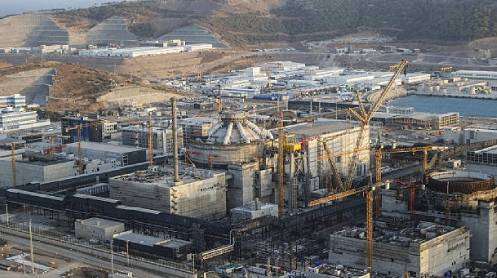KARACHI: Pakistan’s oil and gas production fell to its lowest level in over two decades in fiscal year 2025 (FY25), deepening concerns over energy security and foreign exchange stability. The downturn comes amid renewed speculation of potential US investment in the sector, following former president Donald Trump’s recent comments hinting at American interest in local exploration and crude supply to India.
According to data compiled by Topline Securities, crude oil output dropped 12% year-on-year (YoY) to an average of 62,400 barrels per day (bpd), while natural gas production slipped 8% YoY to 2,886 million cubic feet per day (mmcfd). The fall accelerated in the final quarter, with oil volumes plunging 15% YoY and gas down 10% YoY, underscoring persistent pressure on domestic exploration and production (E&P).
Analysts attribute the decline to structural imbalances, surplus imported RLNG in the system, and regulatory interventions. A policy shift pushed captive industrial users off natural gas and onto the national grid, while an “off-grid levy” of Rs791 per mmbtu lifted gas generation costs to Rs4,291/mmbtu—making local gas less competitive and curtailing demand.
Production declines were widespread across key fields. The Tal Block, responsible for about 17% of Pakistan’s oil supply, saw a steep 22% YoY drop in 4QFY25, with output from Maramzai and Mardankhel plunging by 54% and 52%, respectively. Gas fields including Qadirpur and Nashpa contracted sharply, down 36% and 34% YoY, while even the giant Sui field continued its steady decline.
The reliance on costly imports to offset falling domestic output added more than $1.2 billion to Pakistan’s foreign exchange burden in FY25, exposing the economy to global fuel price volatility.
Looking ahead, Topline forecasts oil production at 58,000–60,000 bpd and gas output at 2,750–2,850 mmcfd in FY26—marking a possible third straight year of decline unless policy adjustments or new E&P investments materialize.
A potential reprieve may come in March 2026, when Pakistan renegotiates its long-term RLNG supply contract with Qatar. More flexible terms, analysts argue, could allow domestic producers to ramp up output, provided capital investment and field maintenance are sustained. Balancing imported LNG with indigenous production, they stress, will be crucial to stabilizing Pakistan’s energy mix and safeguarding its fragile reserves.
Story by Usman Hanif







